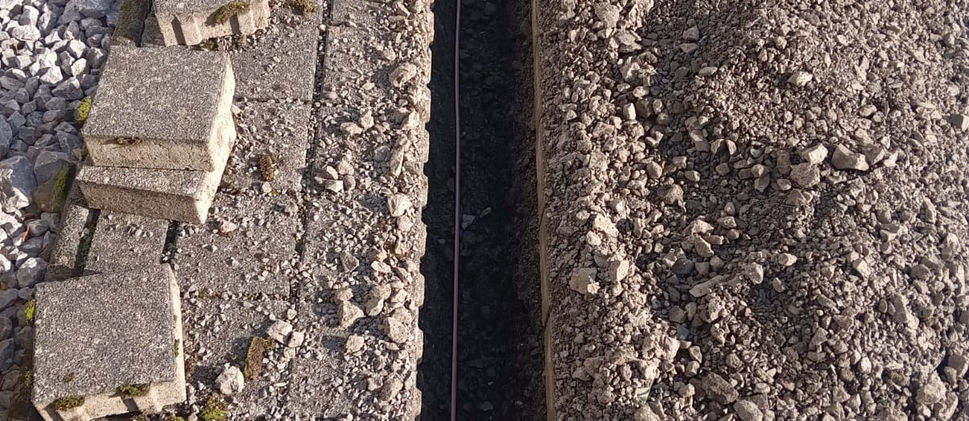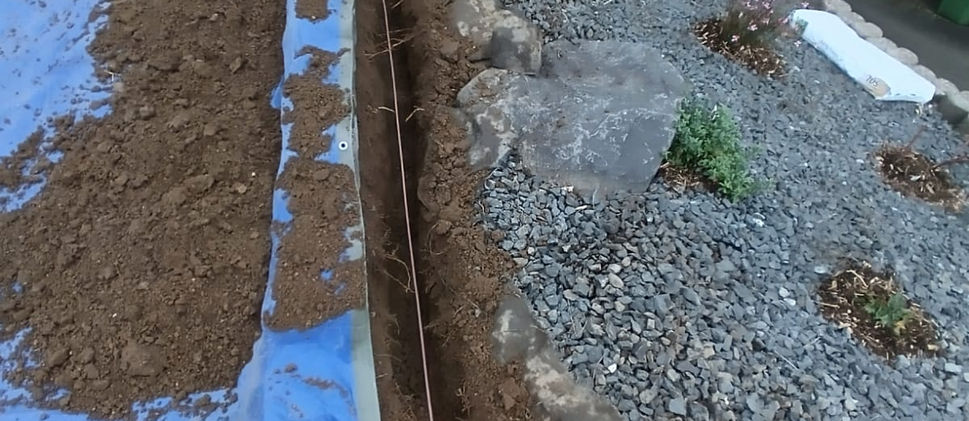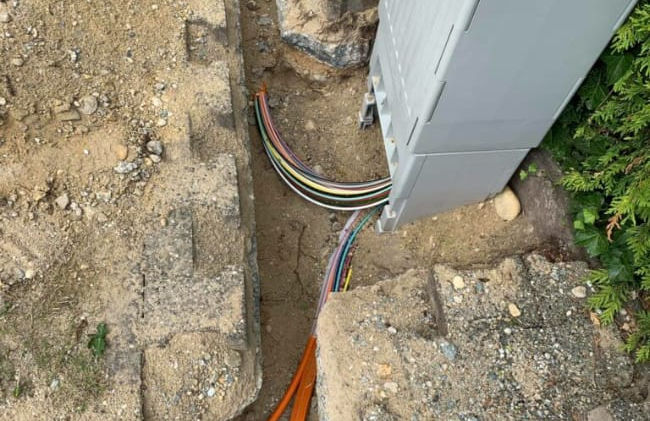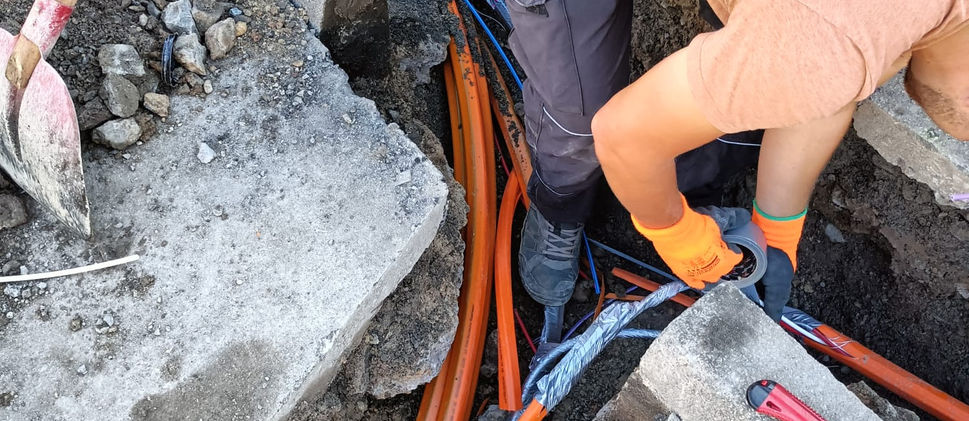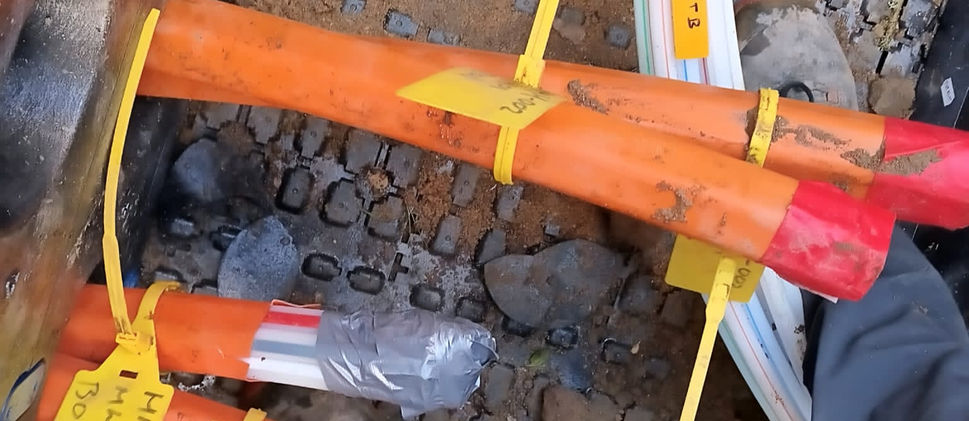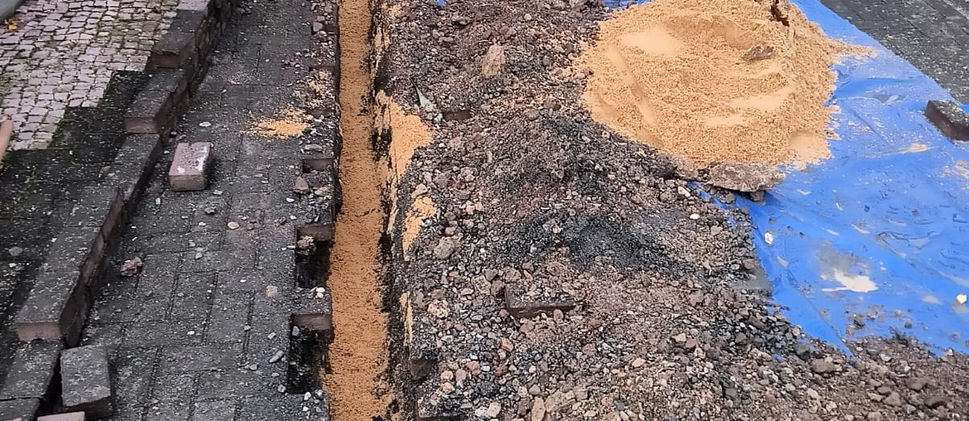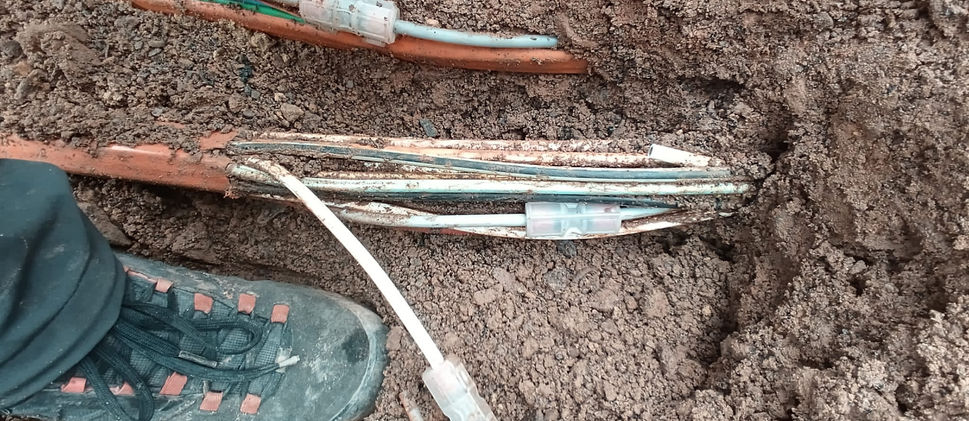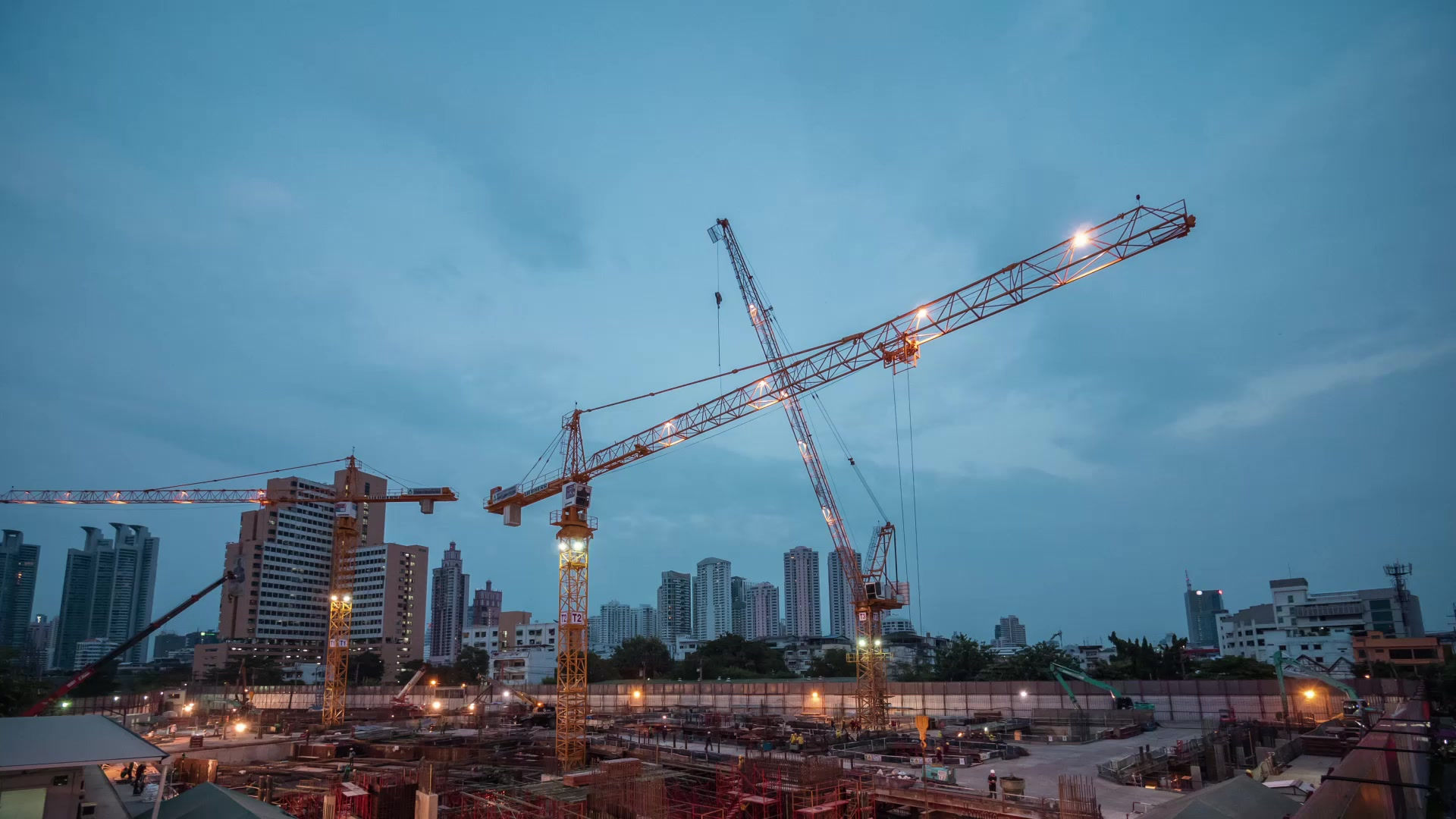

FIBER OPTIC
Fast, Reliable, Efficient Connectivity.
01
Site Assessment and Survey
Before any installation begins, a thorough site assessment is conducted. This step involves evaluating the geographical area and identifying the best routes for the fibre optic cables. Factors such as population density, existing infrastructure, and environmental considerations are examined to determine the most efficient and cost-effective way to deploy the network.


02
Installation of Fibre Optic Cables
Once the route is determined, the installation process begins. Fibre optic cables are either laid underground, using trenching or directional drilling, or installed overhead via utility poles. This stage involves carefully placing and securing the fibre cables to ensure the network can handle the required data loads. The installation also involves connecting the cables to the necessary junction points, such as distribution hubs and customer premises, while ensuring safety and minimal disruption to the environment.
03
Testing and Quality Assurance
Our highly skilled construction crews are equipped with advanced equipment to lay fiber optic cables in various areas (urban, semi-urban, rural) and on all surfaces. Using thorough techniques such as trenching, excavation and horizontal directional drilling, we make the fiber optic rollout efficient and future-oriented for a first-class fixed network, improved network coverage and fast data connections.
Our experienced site managers are specially trained in the areas of technology, health, safety, traffic management and first aid.

.webp)
04
Activation and Ongoing Maintenance
Once the network has been fully tested and meets performance criteria, it is activated for customer use. At this stage, customers can begin using the fibre optic service for fast, reliable internet access. However, the process doesn’t end there. Continuous monitoring and maintenance are critical to ensuring that the network remains operational. Regular checks are made for potential issues, and proactive measures are taken to prevent disruptions. This ongoing support ensures that the network stays up-to-date, secure, and efficient for years to come.




